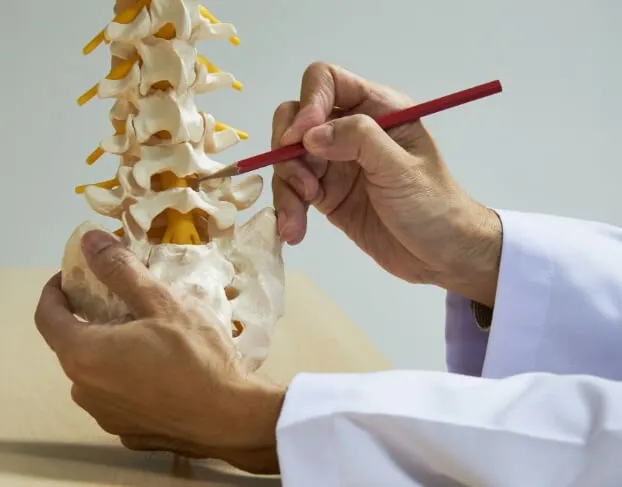The thoracolumbar spine is a crucial segment of the spinal column, situated between the thoracic and lumbar regions, consisting of 12 thoracic vertebrae and 5 lumbar vertebrae. It plays a vital role in supporting body weight, protecting the spinal cord and nerve roots, while allowing flexibility for various complex movements and postures. The vertebrae in this region are composed of structures such as the vertebral body, vertebral arch, and intervertebral foramen, which together form a stable yet flexible unit. This structure enables the body to maintain balance and engage in daily activities.
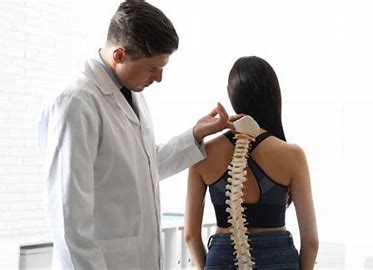
Common Thoracolumbar Spine Issues and Symptoms
Thoracolumbar spine issues can lead to significant discomfort and complications. Common conditions include:
1. Scoliosis
A sideways curvature of the spine, scoliosis can cause imbalance and deformity in the thoracolumbar region, leading to pain and reduced mobility.
2. Intervertebral Disc Herniation
A herniated disc occurs when the soft inner portion of a disc protrudes through its outer layer, pressing on nearby nerves. This can cause localized or radiating pain, stiffness, and mobility issues.
3. Spinal Stenosis
This condition involves the narrowing of the spinal canal, which can compress nerves, leading to pain, numbness, and difficulty walking.
These conditions may cause symptoms such as back pain, stiffness, restricted mobility, and, in severe cases, significant impairment of daily activities and overall quality of life.
Diagnosis and Evaluation of Thoracolumbar Spine Diseases
Diagnosing thoracolumbar spine diseases involves several steps:
A. Patient History and Symptom Analysis
Doctors collect detailed information about the patient’s symptoms, including pain location, severity, and duration.
B. Physical Examination
A thorough physical exam assesses spinal posture, mobility, and neurological function to detect any abnormalities.
C. Imaging Studies
Imaging techniques such as X-rays, CT scans, and MRI provide detailed information about spinal structure and function, helping to confirm the diagnosis.
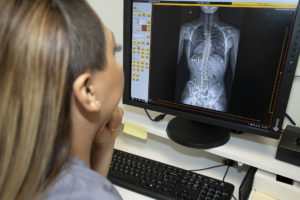
D. Assessment Criteria
Doctors use standardized criteria to assess the severity of the condition, such as pain scales, spinal posture measurements, and neurological evaluations.
Thoracolumbar Spine Treatment Methods
Treatment for thoracolumbar spine issues varies based on the severity of the condition and patient-specific factors.
A. Physical Therapy
Physical therapy is a cornerstone of treatment, using techniques like massage, heat/cold therapy, traction, and exercises to improve circulation, reduce muscle tension, and enhance spinal flexibility.
B. Medication Therapy
Medications such as analgesics, NSAIDs, and muscle relaxants are commonly prescribed to manage pain and inflammation. These drugs can offer relief but should be used under medical supervision due to potential side effects.
C. Surgical Treatment
Surgery is considered for severe cases or when conservative treatments fail. Common surgical options include:
- Discectomy: Removal of herniated disc material to relieve nerve pressure.
- Spinal Fusion: Stabilizing the spine by fusing adjacent vertebrae.
- Laminectomy: Removing part of the vertebra to alleviate nerve compression.
Each treatment method has its benefits and risks. Patients should discuss these options thoroughly with their healthcare provider to determine the best course of action.
Thoracolumbar Spine Rehabilitation and Prevention
A. Rehabilitation Strategies
Rehabilitation focuses on restoring spinal function, reducing symptoms, and improving the patient’s quality of life. Common approaches include:
- Physical Therapy: Tailored exercises to strengthen muscles, improve flexibility, and correct posture.
- Psychological Rehabilitation: Addressing the emotional impact of chronic pain through counseling and behavioral therapy.
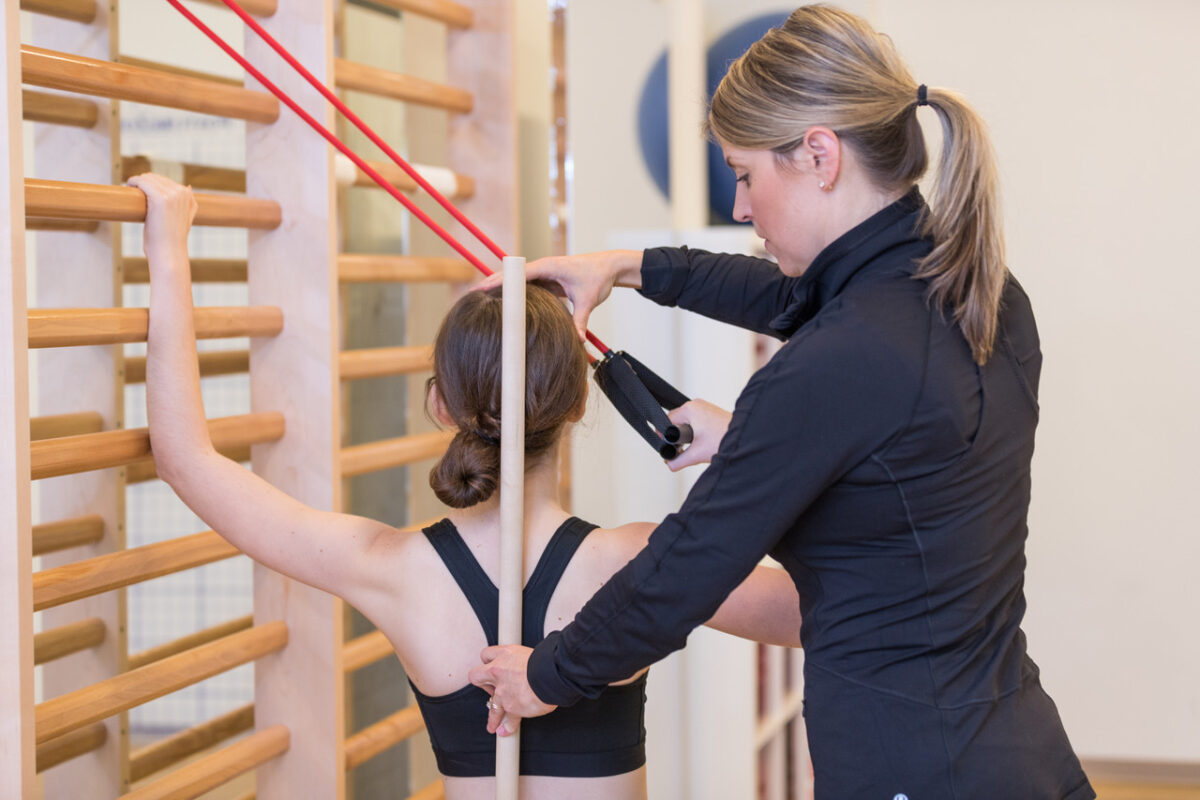
B. Preventive Measures
Maintaining a healthy spine involves good posture, regular exercise, and avoiding prolonged static positions. Regular check-ups and early intervention can prevent the progression of spinal conditions.
Forethought Medical’s Thoracolumbar Spine Screening Equipment and Technology
Forethought Medical offers cutting-edge screening technology for the diagnosis and evaluation of thoracolumbar spine issues. Their equipment utilizes advanced imaging techniques and AI algorithms to provide high-precision assessments. Key technologies include:
A. Imaging Technologies
Digital X-ray, CT scans, and MRI systems that offer detailed views of the spinal structure and any abnormalities.
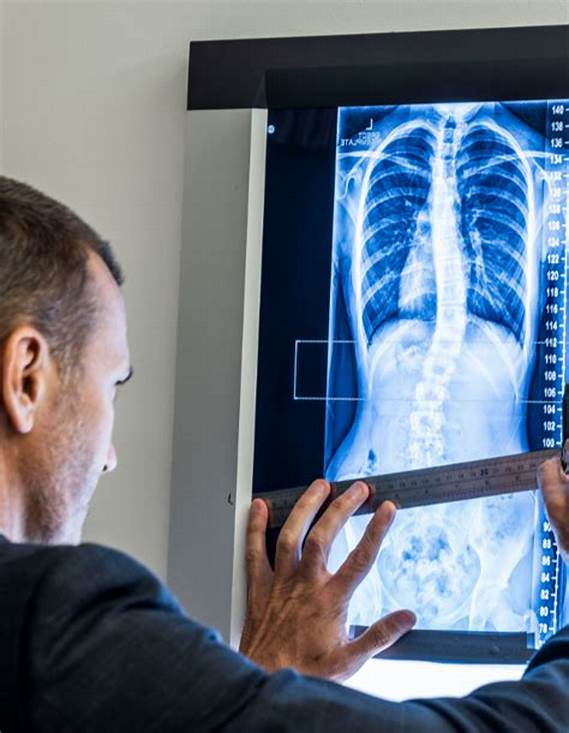
B. Advanced Screening Tools
Forethought also provides innovative technologies like neuromuscular electrical stimulation, pain assessment systems, and motion function assessment systems for a comprehensive evaluation.
C. Clinical Applications
Forethought’s technologies provide accurate, non-invasive assessments suitable for patients of all ages. Their devices are designed for rapid, efficient diagnosis, enabling timely treatment and improving patient outcomes.
References
- Smith, J., & Miller, A. “Advancements in Thoracolumbar Spine Surgery.” Journal of Spinal Disorders. 2023;34(2):112-118. doi: 10.1016/j.jspd.2023.03.002.
- Forethought Medical. “Cutting-Edge Thoracolumbar Screening Technologies.” Forethought Medical Website. Accessed August 2024. https://forethoughtmed.com.
- Williams, R., & Thompson, E. “The Role of Physical Therapy in Thoracolumbar Spine Rehabilitation.” Clinical Orthopedic Journal. 2022;49(6):256-262. doi: 10.1097/COJ.0000000000003456.
- Davis, H., & Kim, S. “The Efficacy of Non-Surgical Treatments for Spinal Stenosis.” Spine Health Today. 2023;58(9):204-211. doi: 10.1002/spht.65432.
- Forethought Medical. “Innovative Spinal Health Solutions for the Modern Age.” Forethought Medical Blog. Accessed August 2024. https://forethoughtmed.com/blog.

